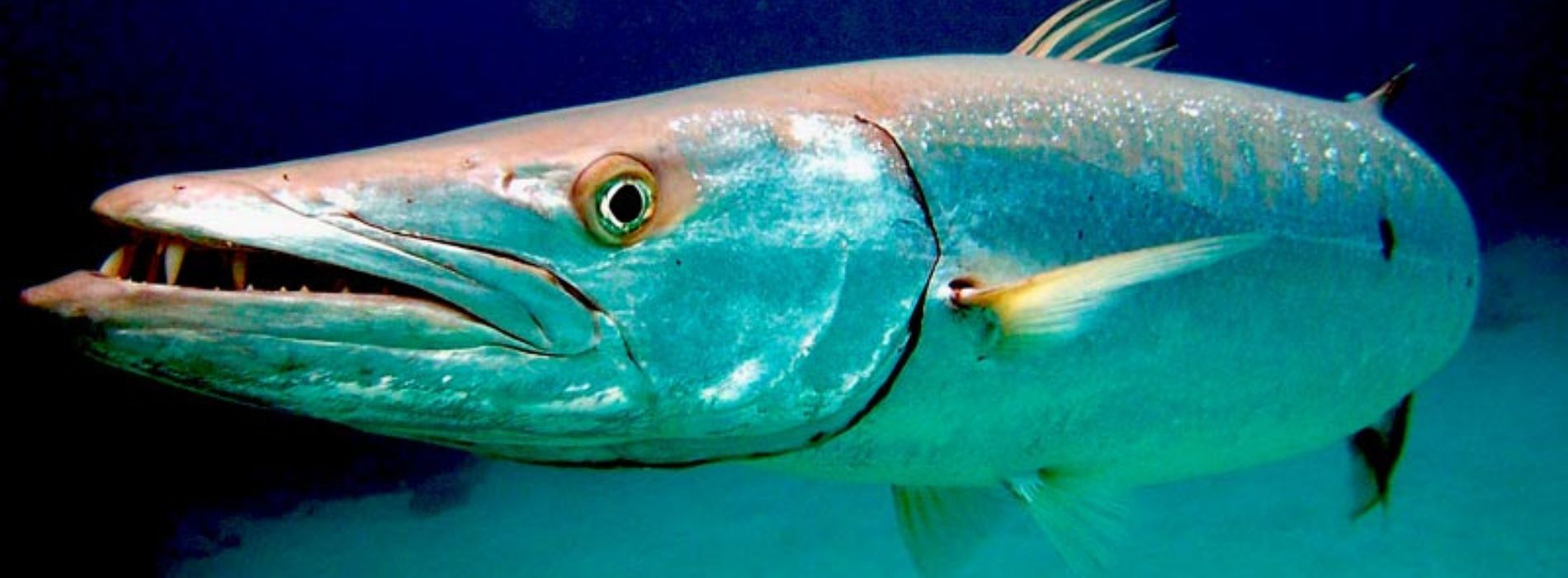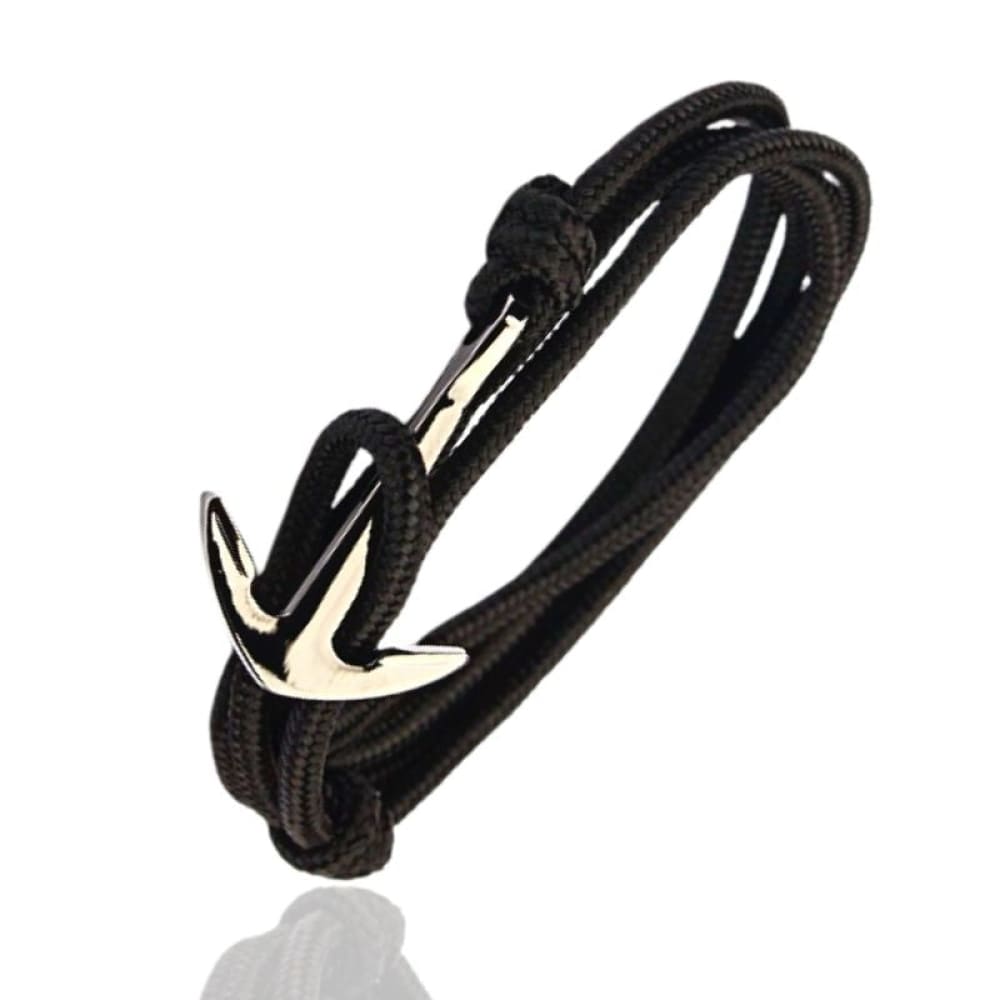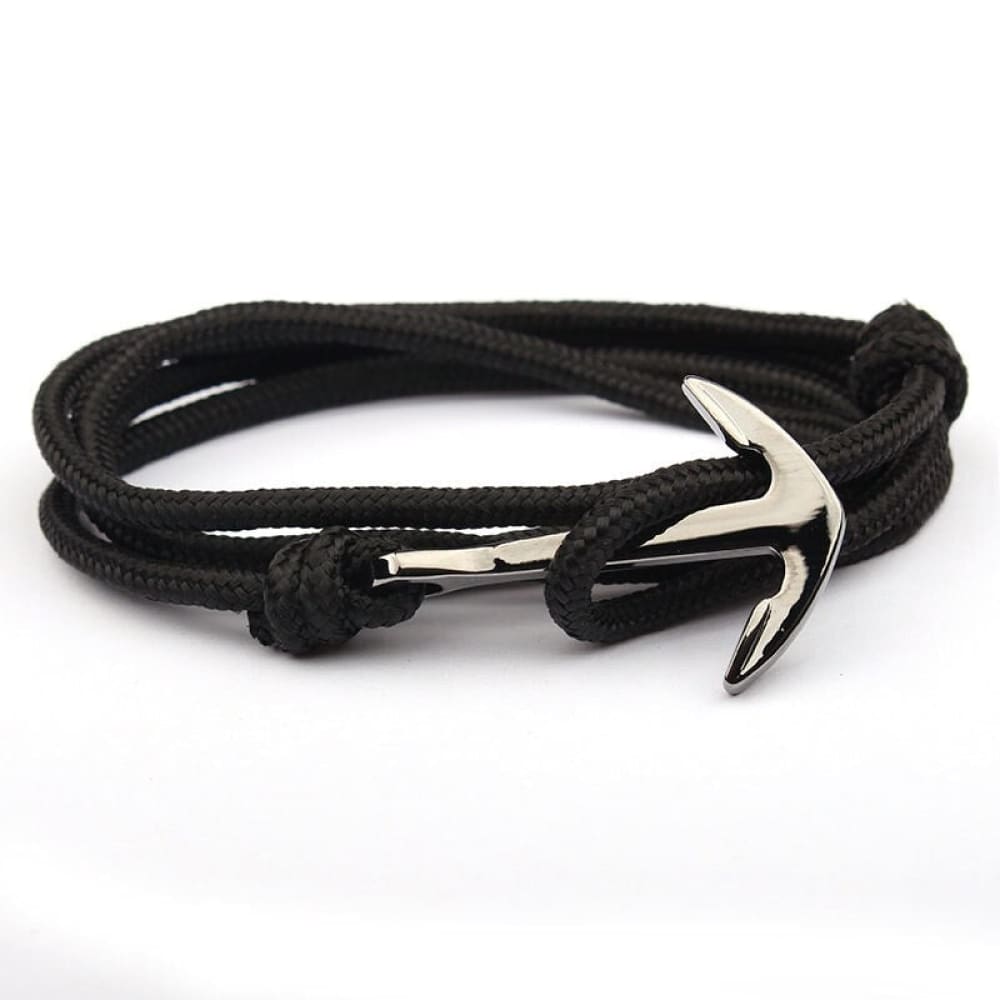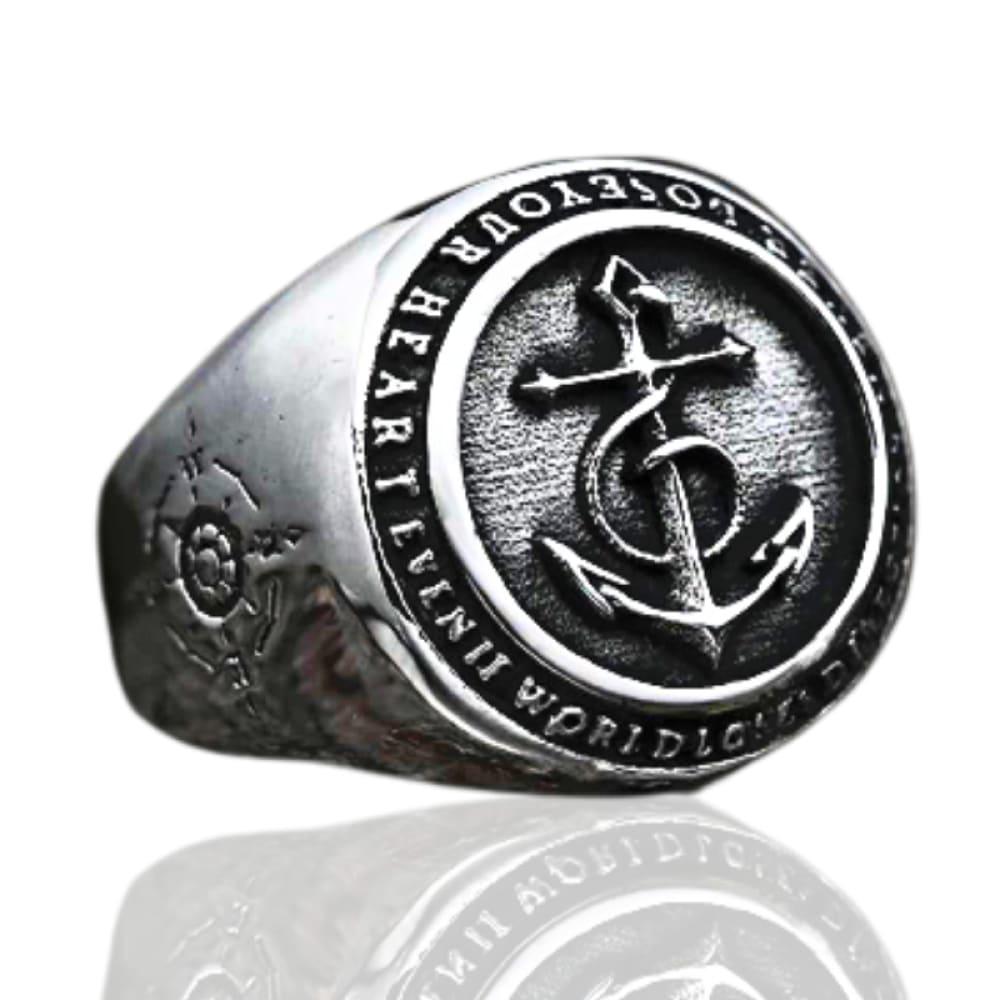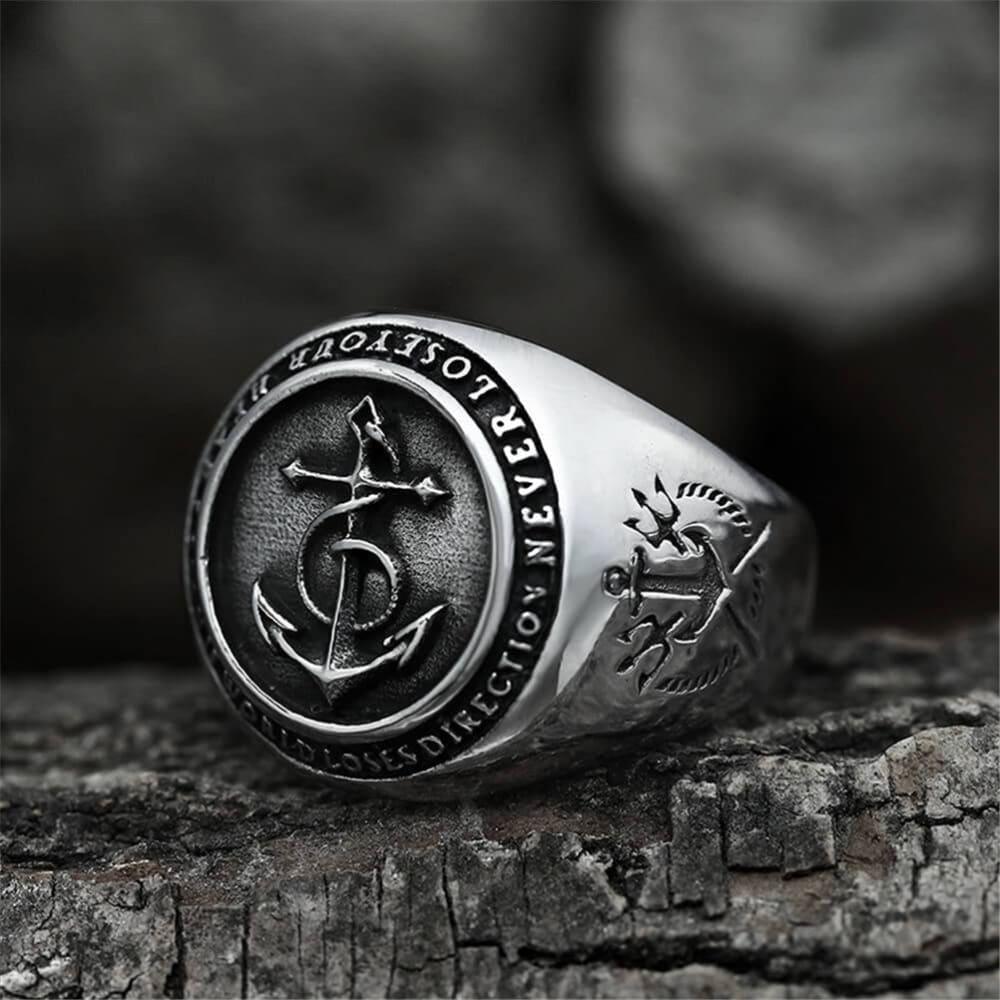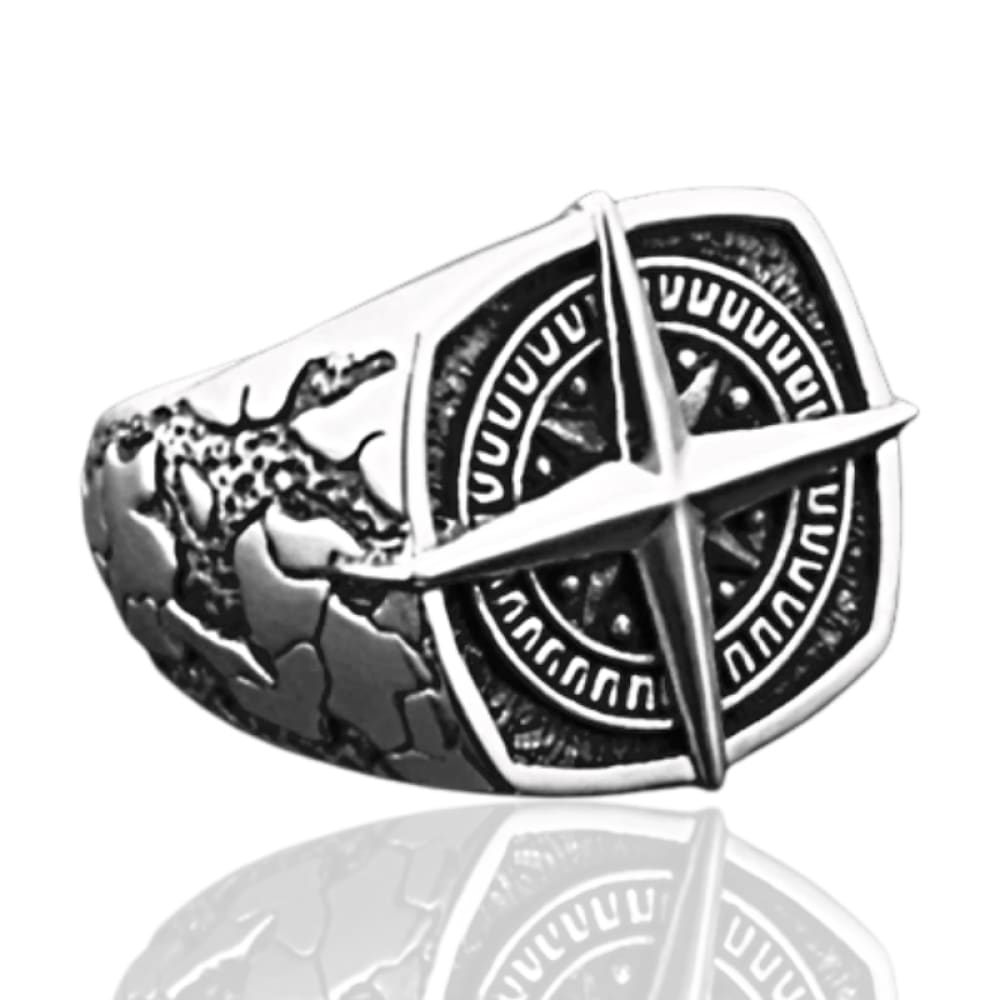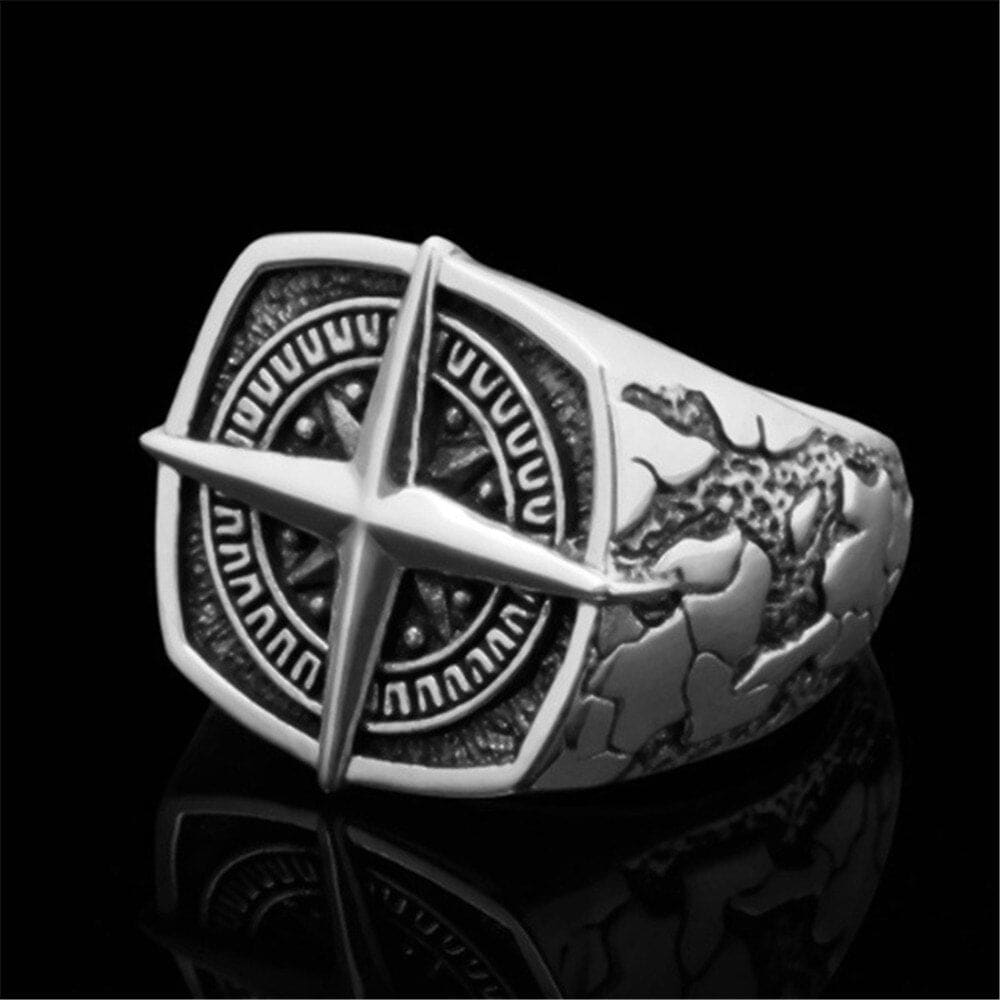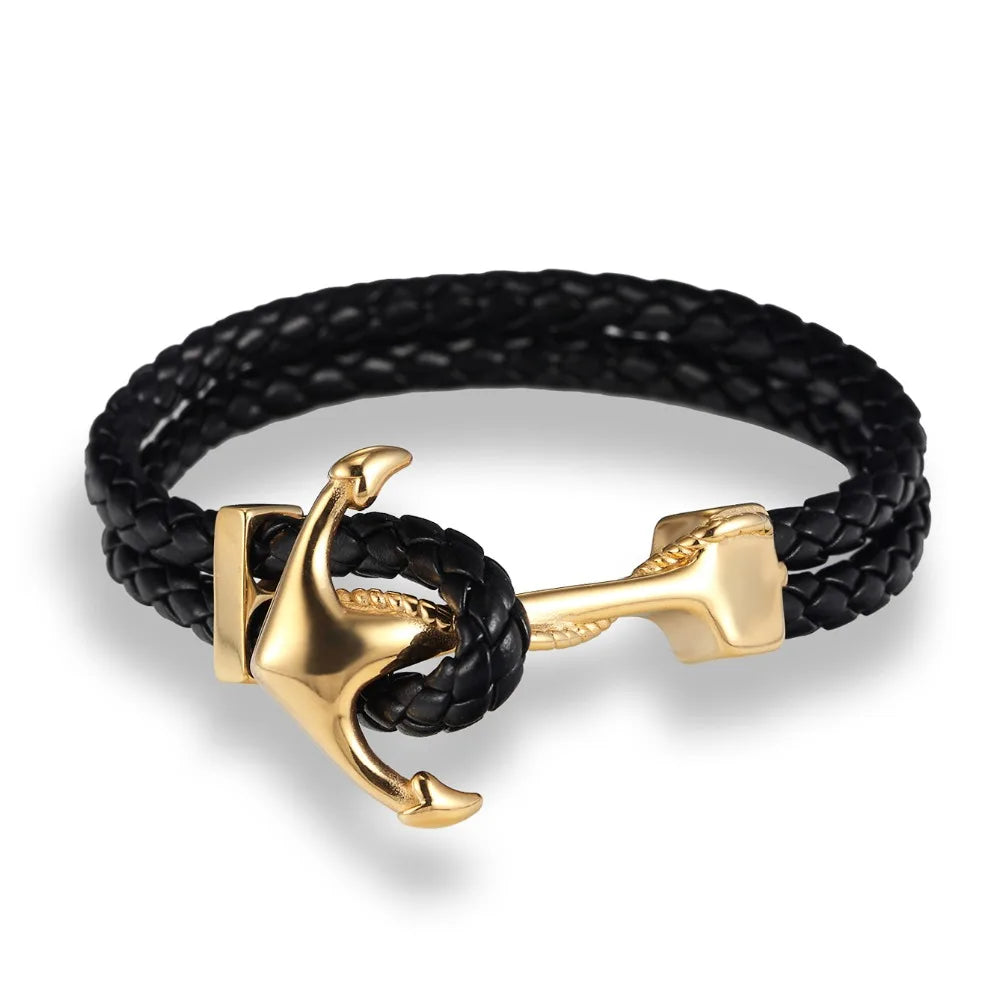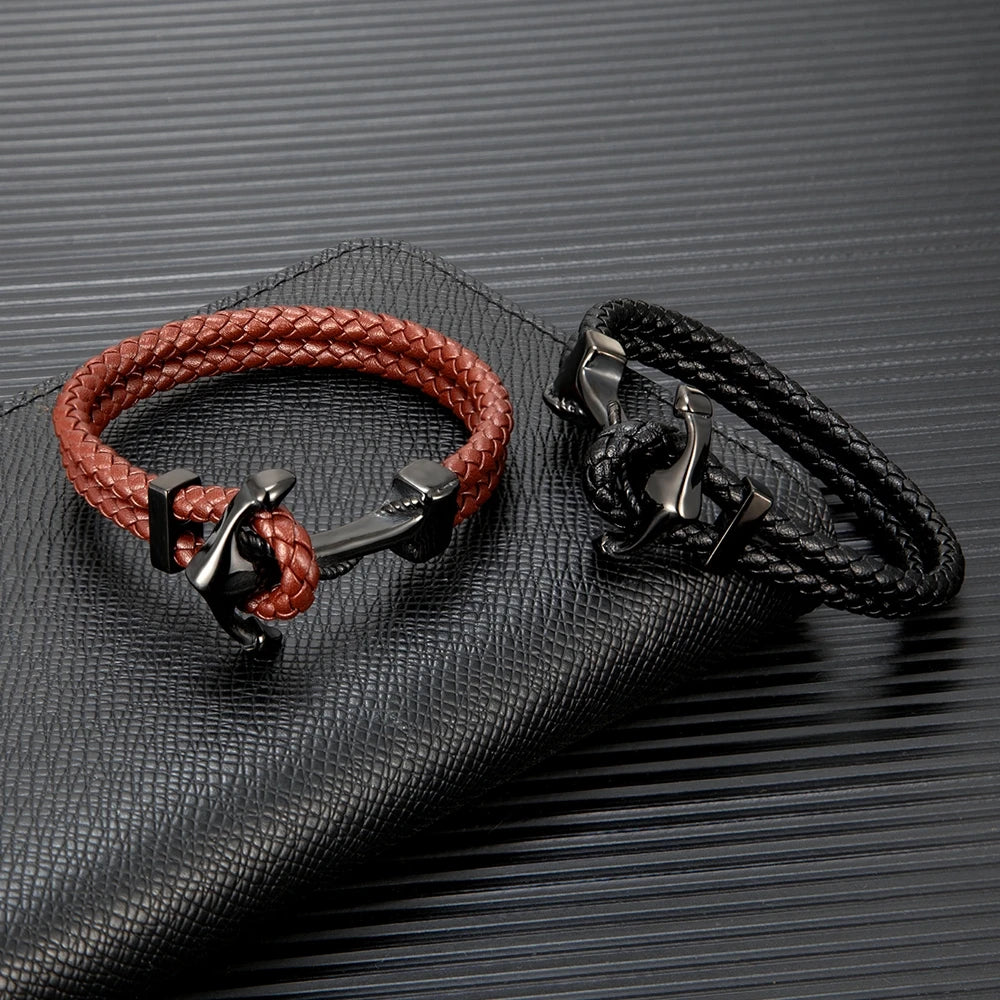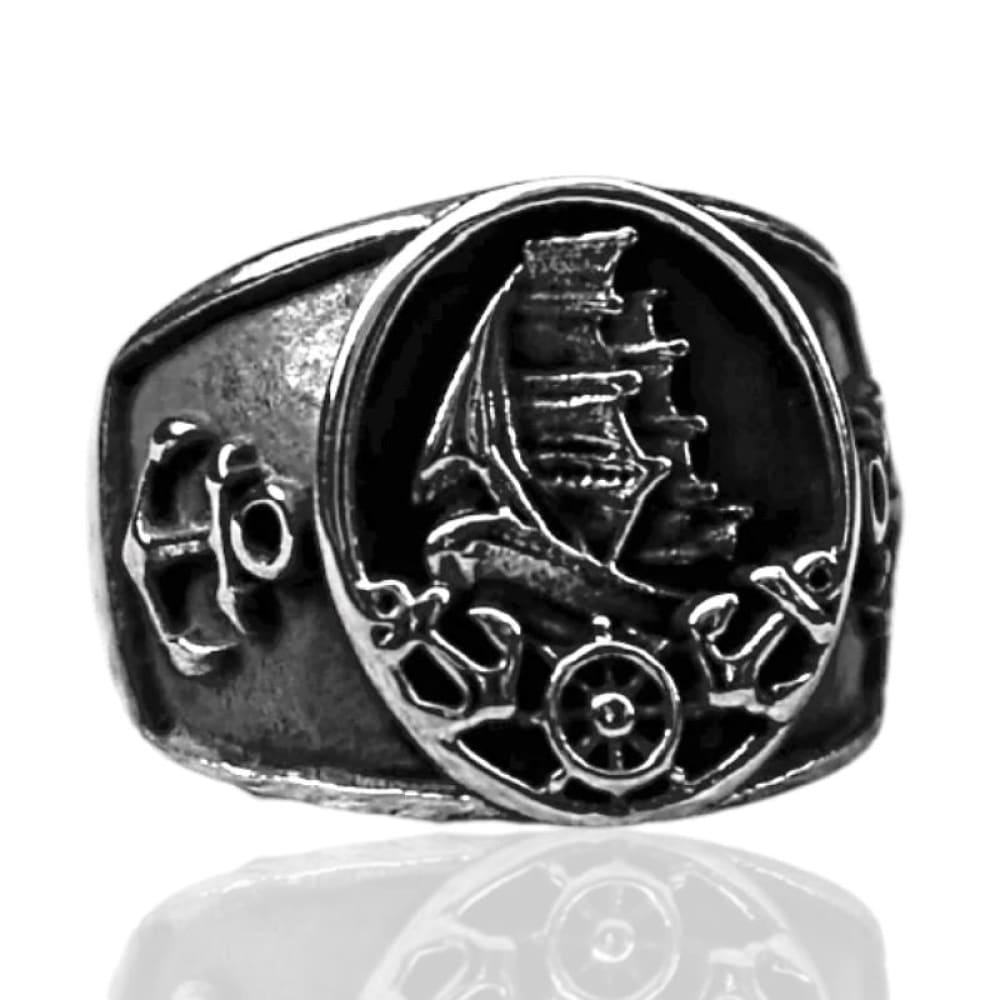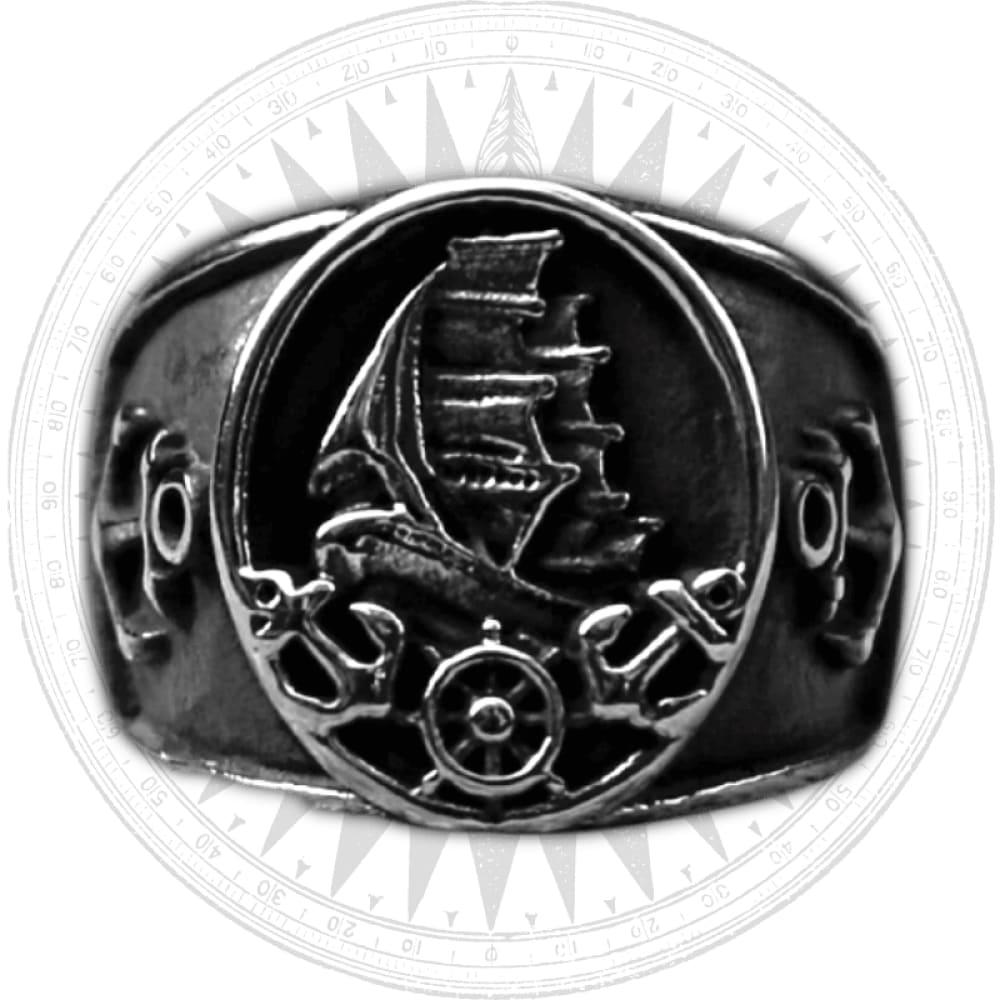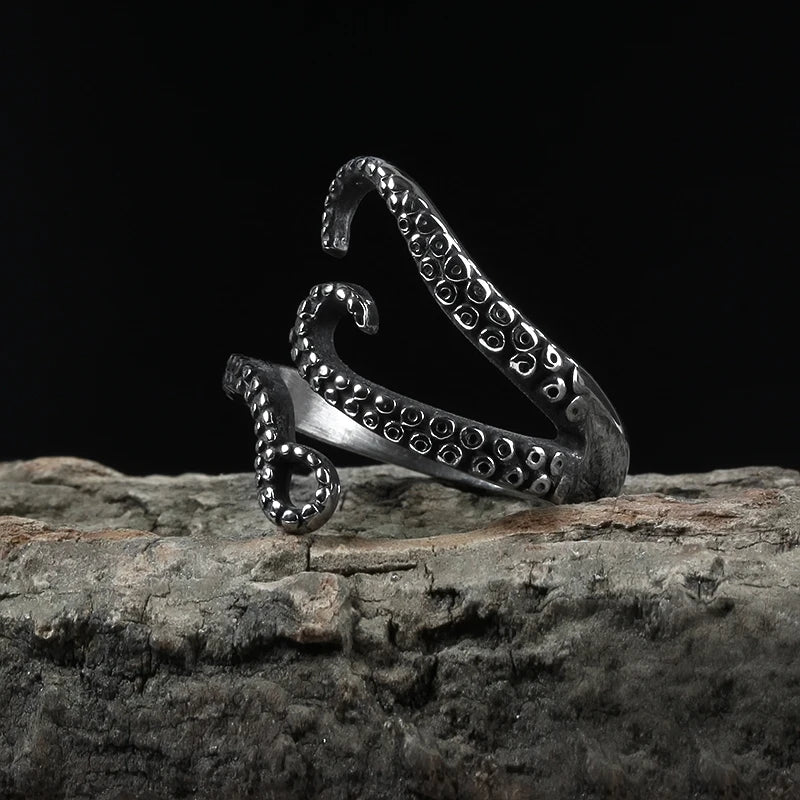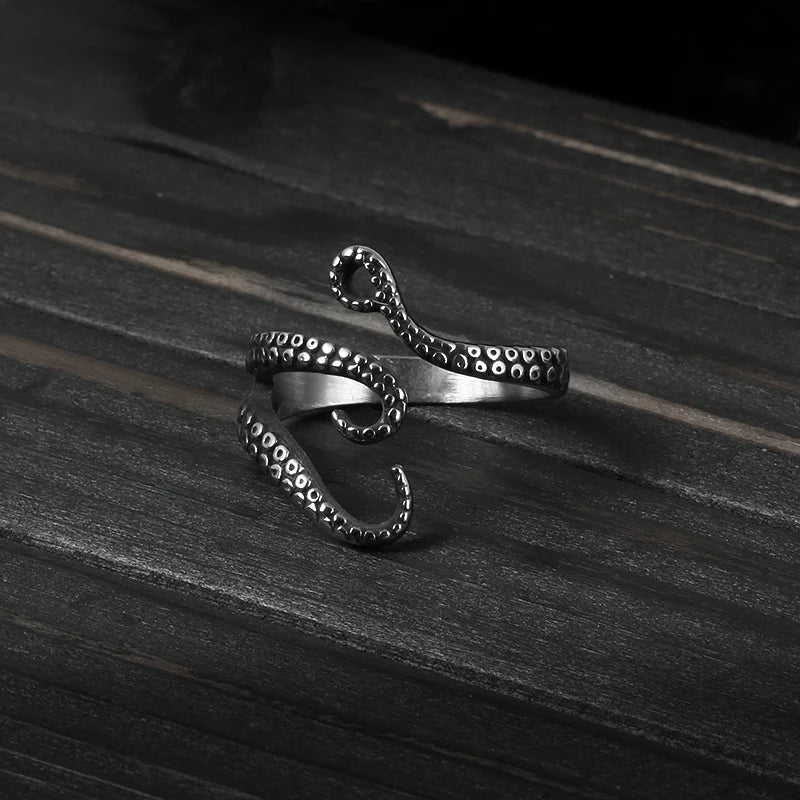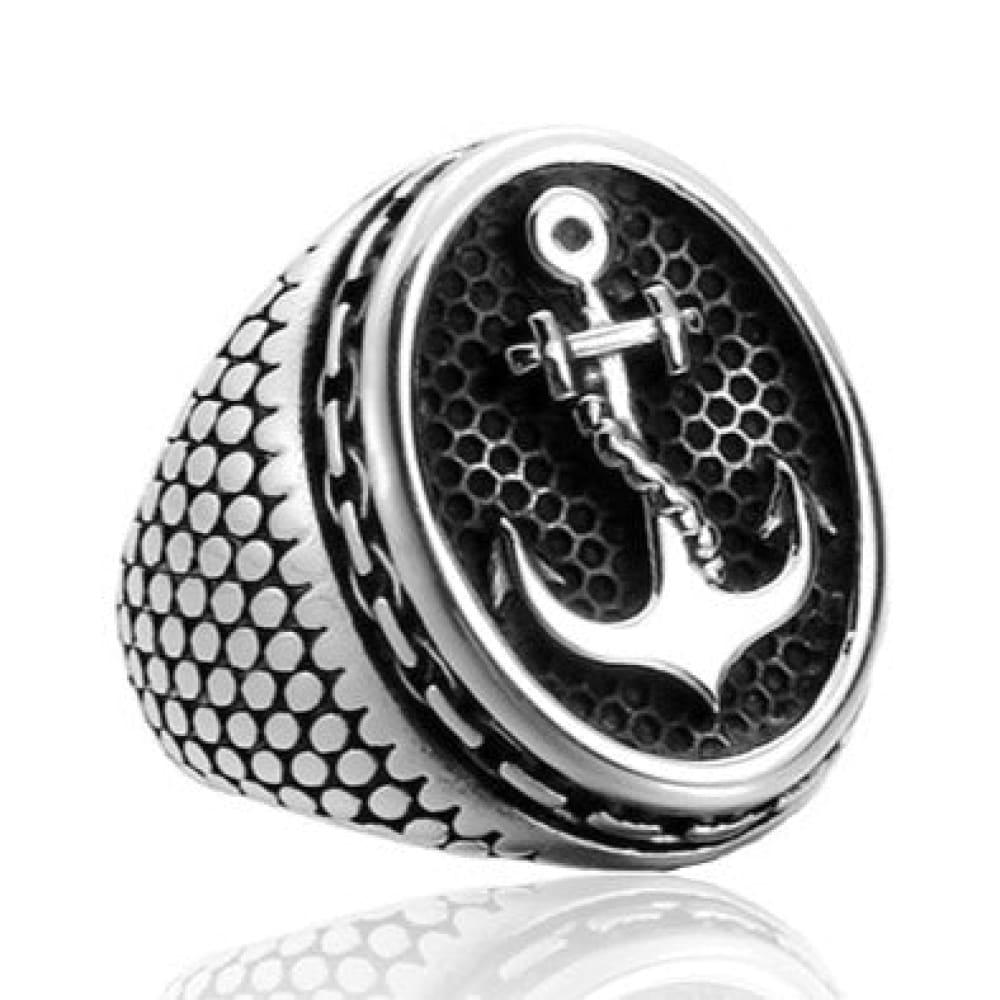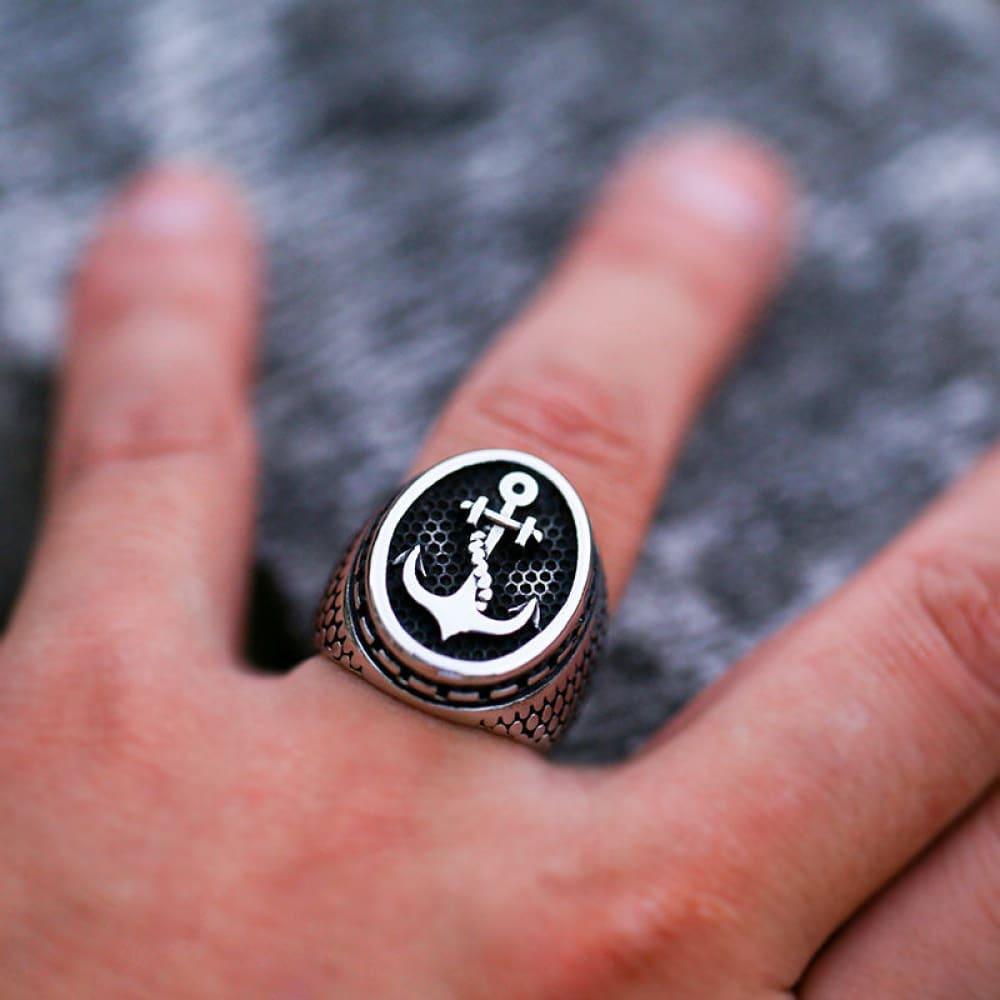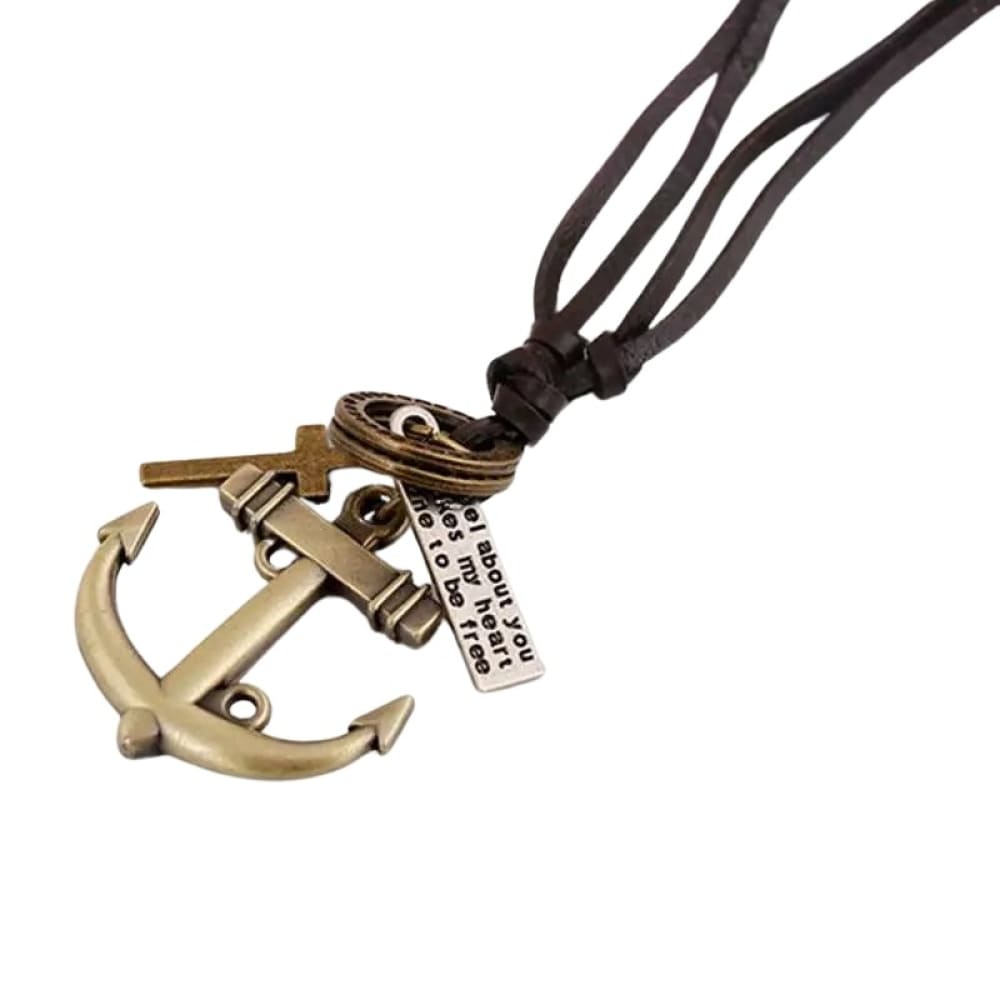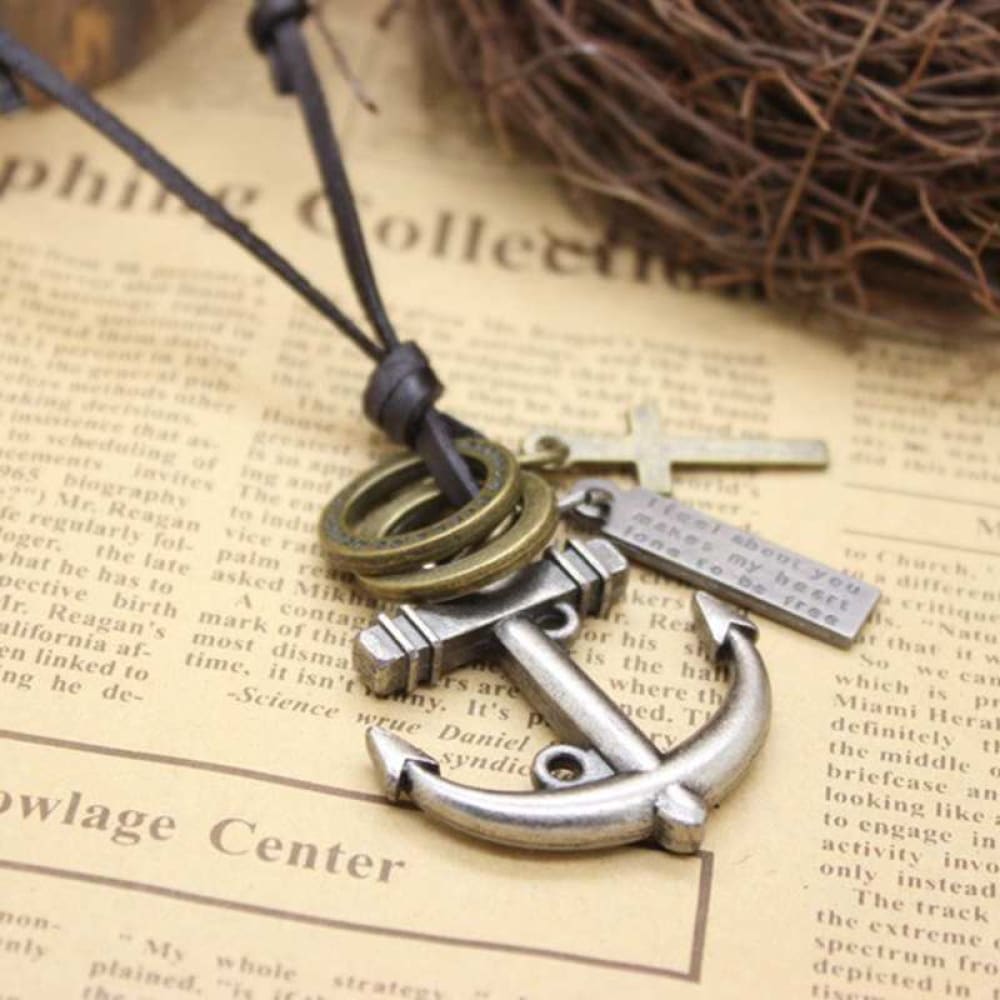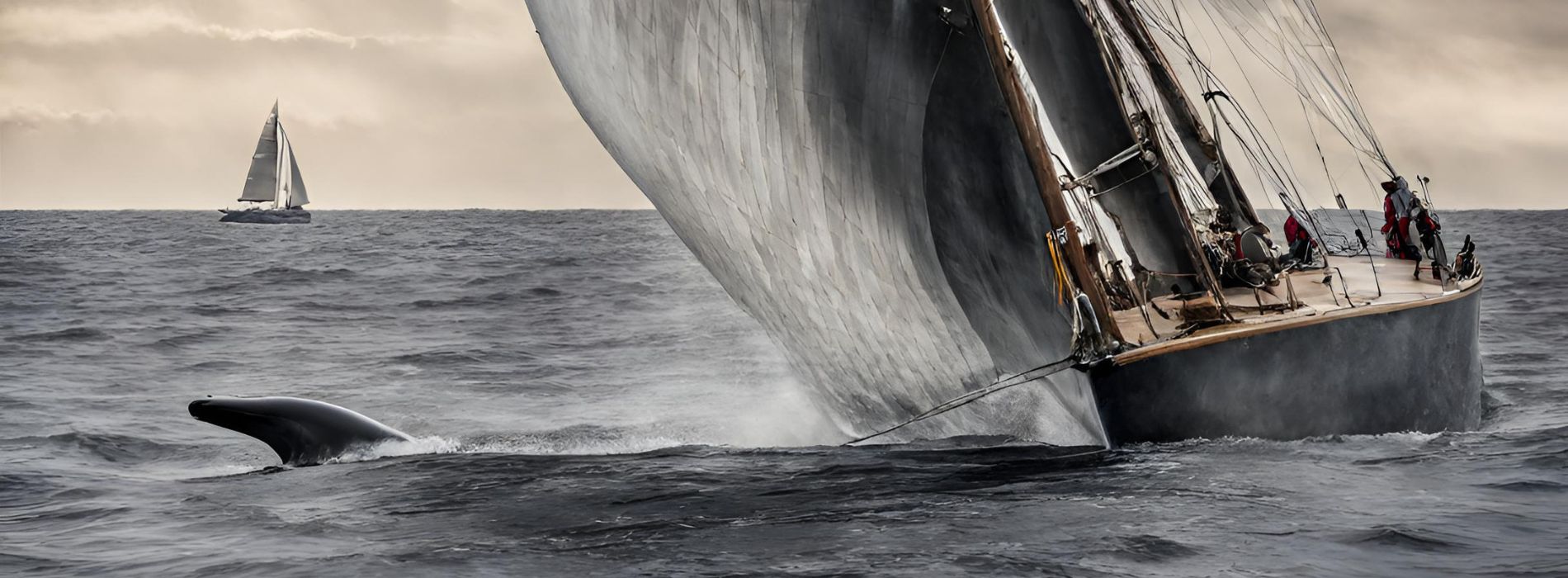The ocean is a realm filled with magnificent creatures, and among them, the barracudas stand out as fierce and powerful predators. These ray-finned fish, belonging to the genus Sphyraena, are known for their fearsome appearance and ferocious behavior. In this article, we will explore their captivating world, uncovering their physical characteristics, habitat, feeding habits, and their interactions with humans.
Table of Contents
- Introduction
- The Origins of the Name
-
Physical Characteristics
- The Fearsome Appearance
- Coloration and Patterns
- Habitat and Distribution
-
Feeding Habits
- The Ferocious Predators
- Diet and Prey
-
Species of Barracudas
- Great Barracuda
- Pacific Barracuda
- Sharpfin Barracuda
-
Interactions with Humans
- Sport Fishing
- Barracudas as Food
- Conservation Status
-
In Popular Culture
- Symbolism and Mythology
- Our last words
The Origins of the Name
The name "barracuda" is derived from Spanish, with the original word possibly being of Cariban origin. It is a name that evokes images of power and danger, perfectly capturing the essence of these formidable creatures.
Physical Characteristics
The Fearsome Appearance
These creature have a snake-like appearance, with large jaws filled with prominent, sharp-edged fang-like teeth. These teeth, of different sizes, are set in sockets, ready to deliver a devastating bite to their prey. They have large, pointed heads with an underbite, giving them a menacing look. Their gill covers are smooth and covered with small scales.

Coloration and Patterns
In most cases, barracudas have a dark gray, dark green, white, or blue upper body, with silvery sides and a chalky-white belly. Some species have irregular black spots or a row of darker cross-bars on each side, adding to their striking appearance. The fins of them may vary in color, ranging from yellowish to dusky.
Habitat and Distribution
These fishes can be found in tropical and subtropical oceans worldwide. They inhabit coral reefs, sea grasses, and other shallow coastal areas. Some species, like this one, can also live in brackish water. The barracudas' preference for warm waters makes them more commonly found in tropical regions, such as the Caribbean Sea and the Red Sea.

Feeding Habits
The Ferocious Predators
These creature are known for their aggressive and predatory nature. They are opportunistic hunters, often lurking near the top of the water, waiting for the perfect moment to strike. With their lightning-fast speed and powerful jaws, they are capable of ambushing their prey in an instant.
Diet and Prey
Barracudas have a diverse diet, feeding on a variety of fish, crustaceans, and even small turtles. They rely on their excellent eyesight and keen sense of smell to locate their prey. Once they spot a potential target, they use their incredible speed to launch a surprise attack, delivering a swift and lethal bite.

Species of Barracudas
The genus Sphyraena encompasses several different species, each with its own unique characteristics and distribution. Let's take a closer look at some of these fascinating species.
Great Barracuda

The great barracuda (Sphyraena barracuda) is one of the largest of their species, reaching lengths of up to 65 inches (165 cm). It can be found in the Mediterranean Sea, the eastern Atlantic, and the Caribbean Sea. With its impressive size and formidable reputation, the great ones is a prized target for sport-fishing enthusiasts.
Pacific Barracuda

The Pacific barracuda (Sphyraena argentea) is another notable species, found along the Pacific coast of North America, from Puget Sound to Cabo San Lucas. It is known for its distinctive black spots and yellowish fins. Like others, the Pacific one is a formidable predator, striking fear into the hearts of its prey.
Sharpfin Barracuda

The sharpfin barracuda (Sphyraena acutipinnis) is the smaller species, typically reaching lengths of around 20 inches (50 cm). It is found in the Indo-Pacific region, from the seas of India to the Malay Peninsula and Archipelago. Despite its smaller size, the sharpfin possesses the same predatory instincts as its larger relatives.
Interactions with Humans
Sport Fishing
These fishes have long been a popular target for sport-fishing enthusiasts. Their aggressive nature, impressive size, and fierce fighting ability make them a thrilling catch. Anglers often spend hours trying to lure in these formidable predators, testing their skills and endurance in the process.

Barracudas as Food
In some parts of the world, they are also valued as a food source. However, it is important to note that certain species of these creatures, particularly those from tropical waters, may contain a toxin called ciguatera, which can cause food poisoning in humans. As a result, caution should be exercised when consuming barracudas, and it is advisable to consult local guidelines and regulations.
Conservation Status
Their conservation status varies depending on the species and their geographic location. While some populations are considered stable, others face threats such as overfishing and habitat degradation. It is essential to implement sustainable fishing practices and protect the habitats of these remarkable creatures to ensure their survival for future generations.
If you are interested in learning more about oceanic species, visit here !
In Popular Culture
Symbolism and Mythology
Barracudas have captured the imagination of people throughout history, appearing in various myths, legends, and cultural symbols. In some cultures, they are associated with strength, agility, and ferocity. Their sleek and powerful form has inspired awe and admiration, making them a popular subject in art, literature, and even jewelry.
Our last words...
Barracudas are fascinating creatures that embody the power and beauty of the ocean. With their fearsome appearance and predatory nature, they command respect and admiration. As we continue to explore the depths of the ocean, let us remember to protect and preserve the habitats of these incredible creatures, ensuring their place in the intricate tapestry of marine life.
We hope you've liked this article about the ferocious barracudas!
Feel free to subscribe to our private newsletter to receive more exclusive article. You will also receive a 10% bonus discount for our sea world catalogue. You will be notified via email whenever we release a new wonderful jewelry piece of the ocean !
Feel free also to go check out our website, we provide the best sea content and we offer you the best nautical jewelry all around the globe.

